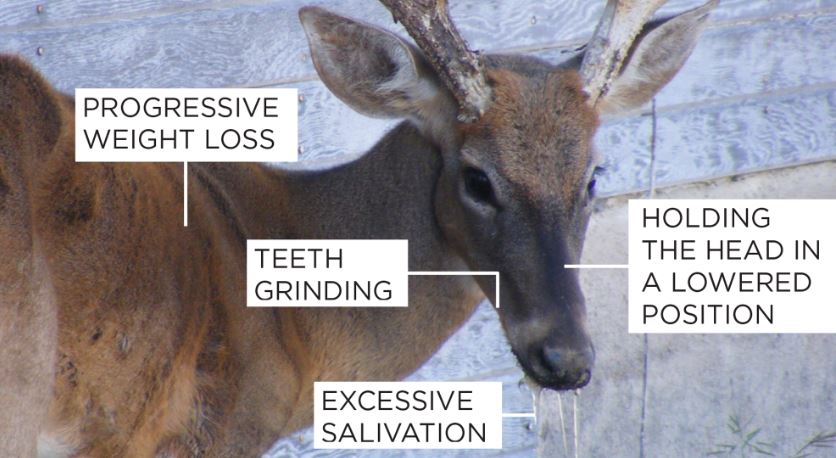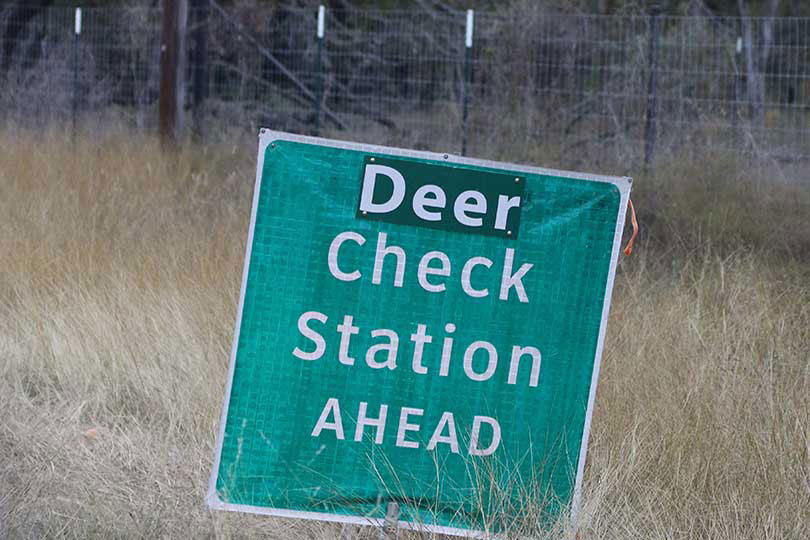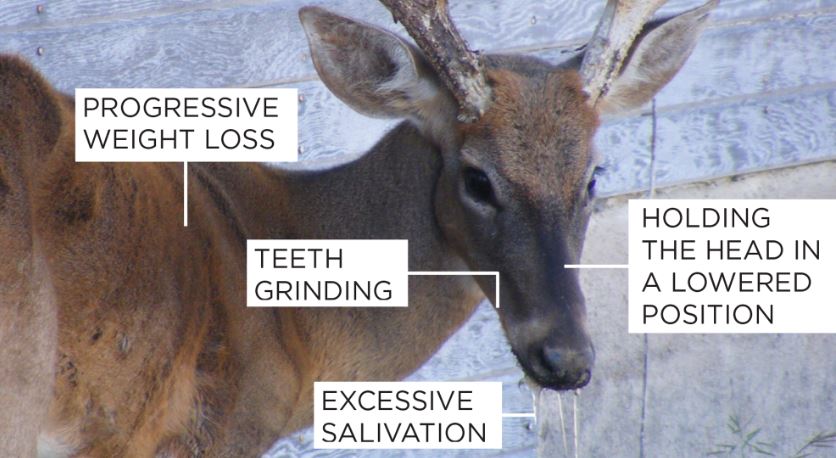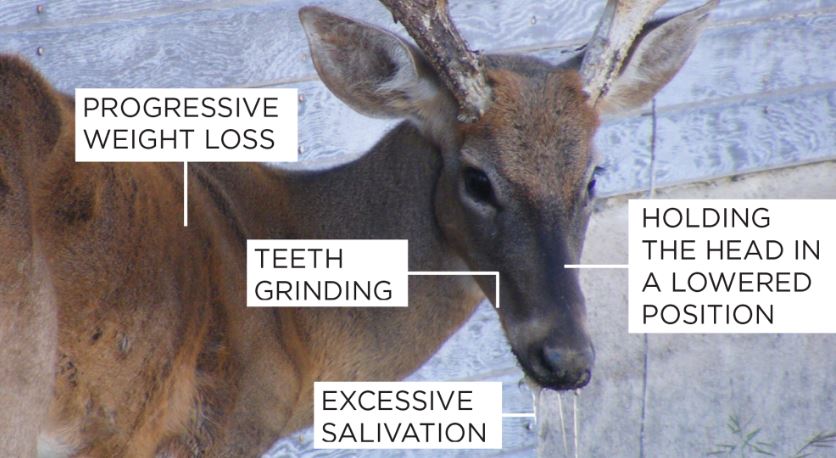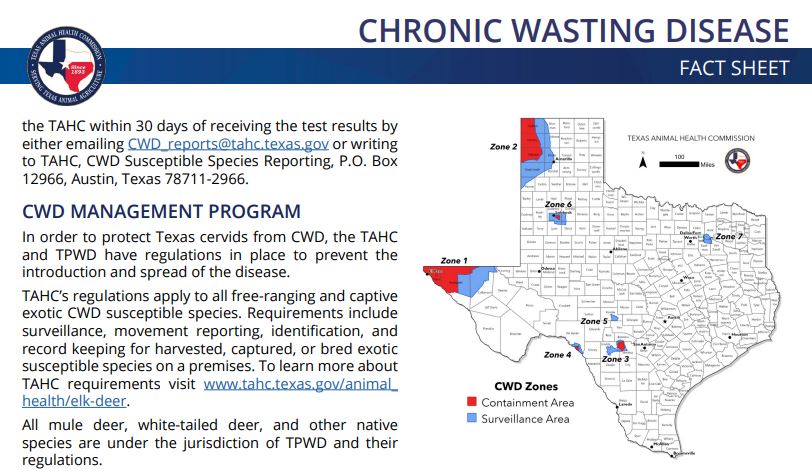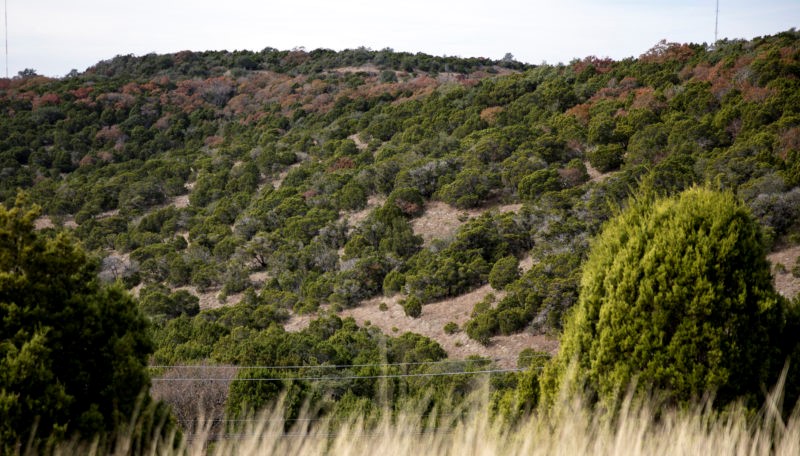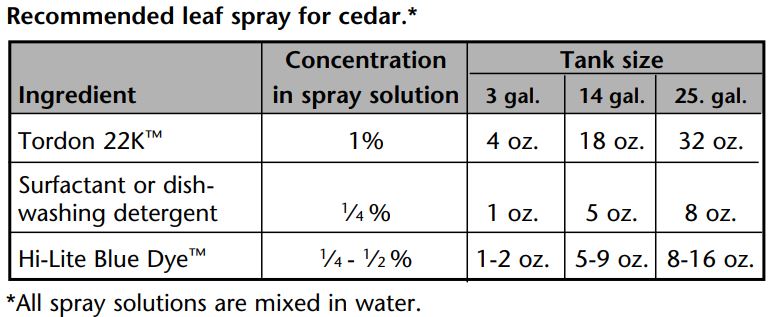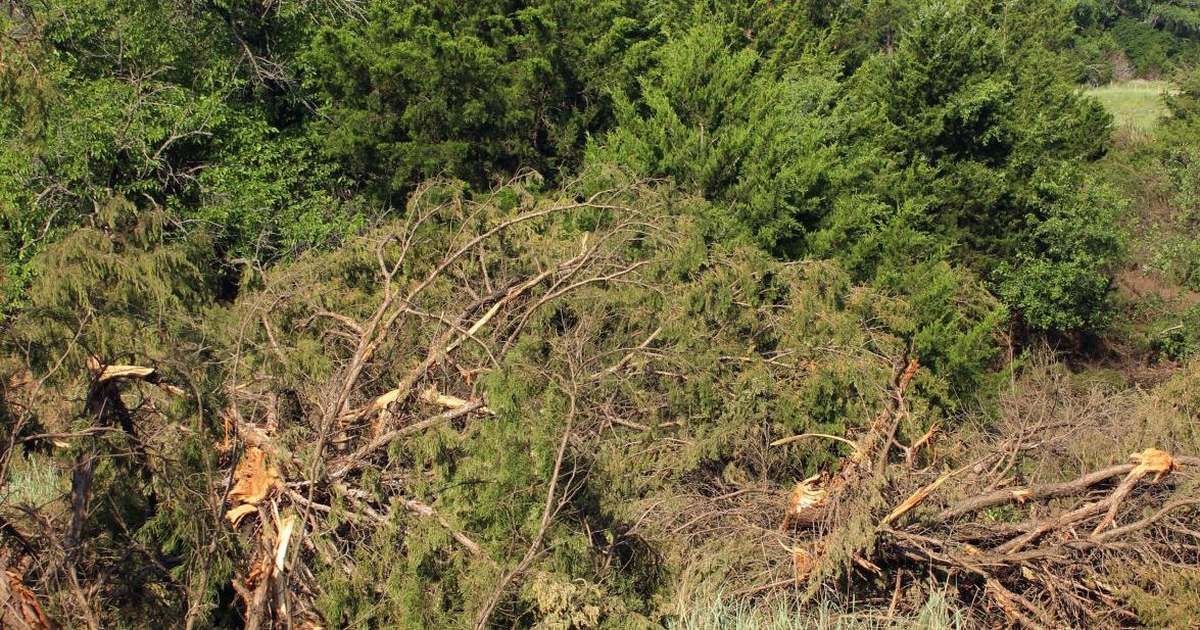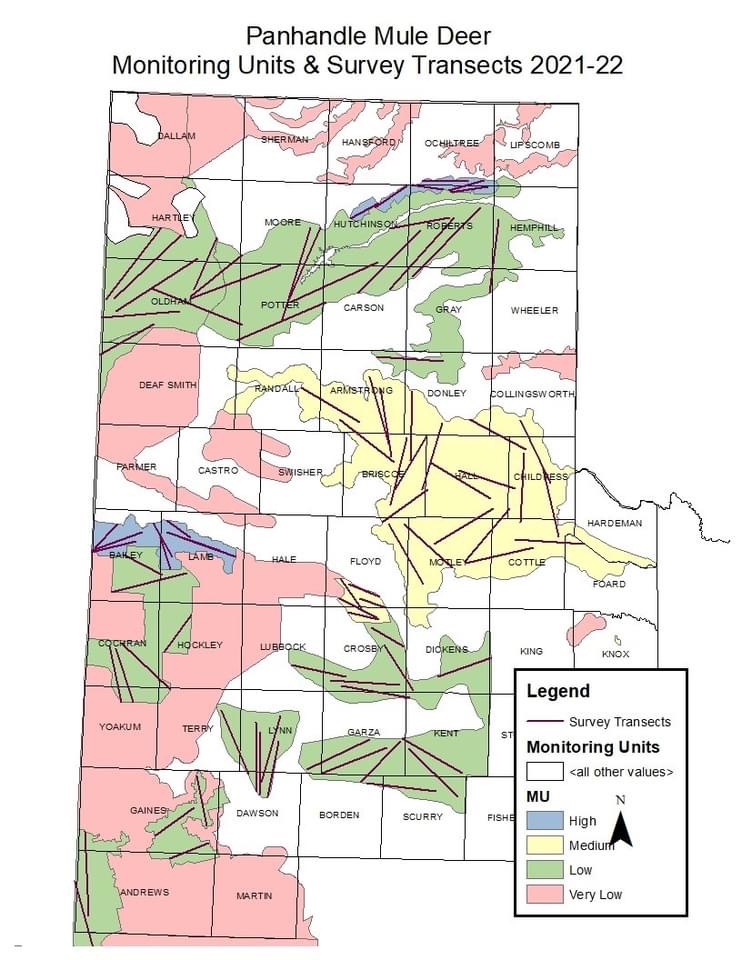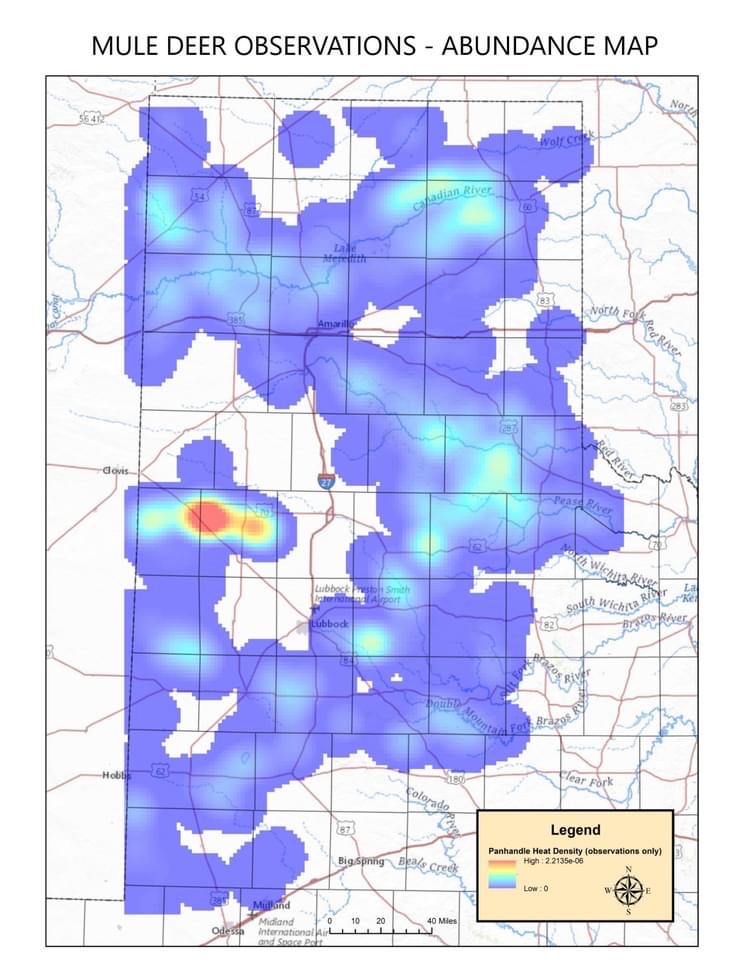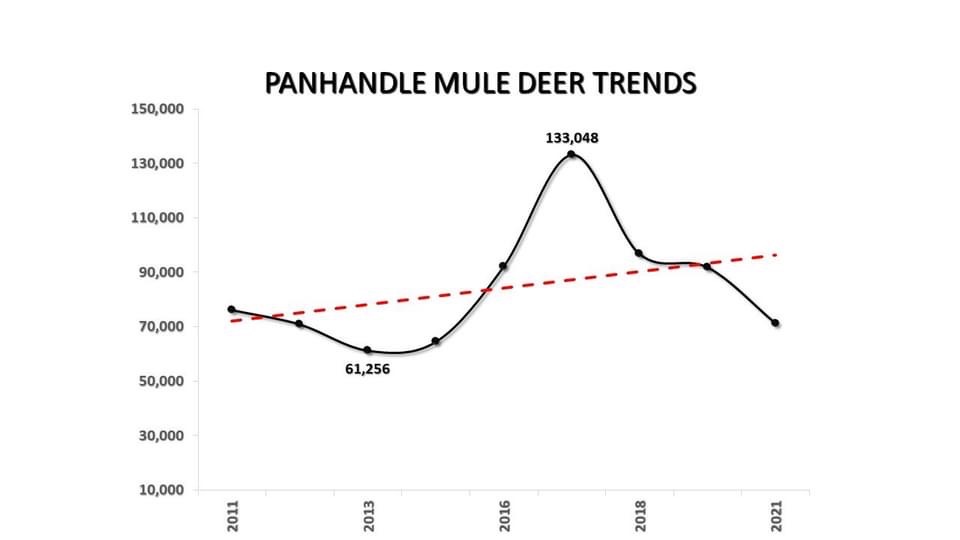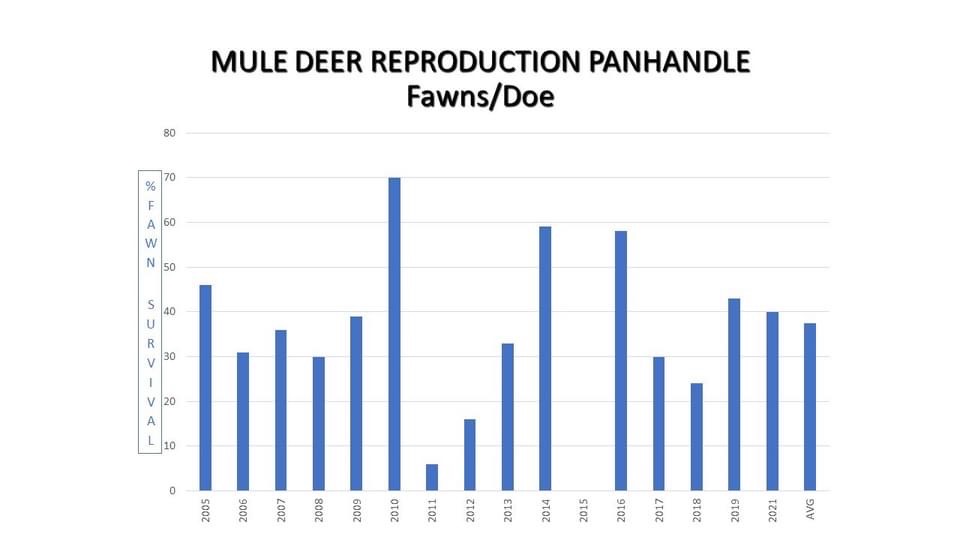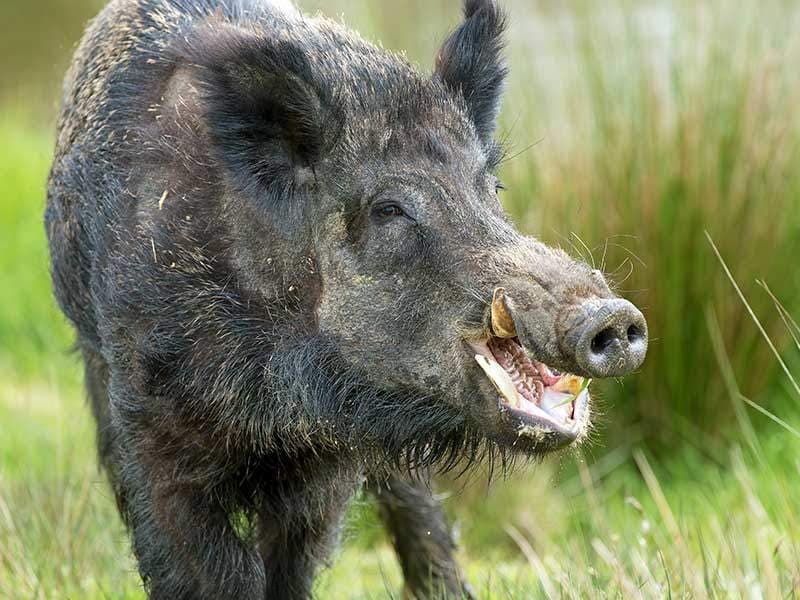Forecasting Quail
The prior was a good one for quail, but the Texas Quail Forecast 2022 is not as bright. Unfortunately, it was hot and dry and not want quail or quail hunters would have dialed up, given the option. September 2021 through March 2022 proved to be one of the driest stretches in Texas on record.
Measurable precipitation was absent from most of the state until late April. In South Texas, a good year of production and grass growth in 2021 was insulation from the worst these conditions, but up north in the Panhandle there was little cushion.
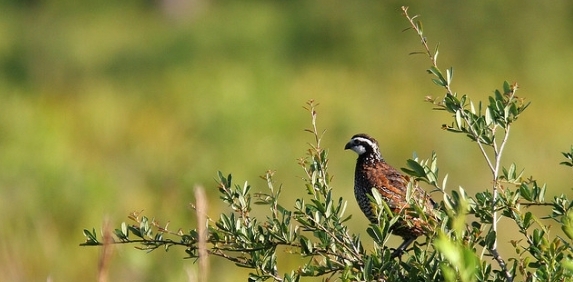
Texas Quail Forecast 2022: Coming in Hot!
The common refrain was, “hot and dry,” resulting in little early season breeding activity. Pushing into May and June scattered, intermittent showers and runs of cooler days sparked calling and the first reports of nests and broods on the ground, but the unrelenting heat that followed limited any meaningful gains.
Long stretches (>30 days) of 100-degree days became the norm and July was the hottest July on record in Texas since 1895, and the fifth driest. With few exceptions the trajectory for Texas bobwhite populations was set early on, difficult to alter, and the continuation of a multi-year stretch of below average abundance that began in 2018.
Quail by the Numbers
In late summer, range conditions ran the gamut, but a consistent thread was a decline in habitat quality as we moved into late summer. Outside a handful of counties in South Texas bobwhites were few and far in-between. The lack of birds was most apparent in the Rolling Plains where, for the second year in a row, the region set an all-time low for abundance; the 0.86 bobwhites per route was well below our 15-year mean of 12.10 and lower than the 1.50 bobwhites per route observed in 2021.
This downward trend was similar for the other northern regions, including the High Plains and Cross Timbers. However, the lone bright spot again this year was the South Texas Plains, the only bobwhite region in the state to see an increase in recorded abundance. With a grain of salt, the number of bobwhites observed per route was up from 3.10 to 5.26, but still below the 15-year mean of 9.01. These numbers will provide some comfort to Texas hunters, but the statewide outlook again points to tough sledding in 2022.
Finally, it is unknown how widespread rainfall throughout August and September will impact bird populations. It’s likely this late season moisture will improve opportunities for late season nesting, but how well those broods will fair and what their contributions will be to fall populations remains unknown. With that said, we welcome any new recruits to help springboard bobwhites into the new year.
Texas Quail Forecast 2022: Rolling Plains
There’s little solace for bobwhite hunters heading to the Rolling Plains this year as populations contracted for a fourth straight year. When paired with long-term changes in habitat, the impacts of inconsistent annual precipitation have clearly driven populations downward. Some areas along the Canadian River welcomed rainfall earlier in the year and in those areas bobwhite numbers and range conditions are encouraging , but exceptional heat likely dampened reproductive activity elsewhere.
Most late season reports reference single birds, pairs, and small coveys (e.g., 6-8 birds), with chick sightings at a premium. There has also been a notable deterioration in habitat quality for most counties, even those areas where early season vegetation reports were optimistic. With close ties to nesting habitat and insect production, worsening cover conditions (e.g., grasses, forbs) only exacerbated the impacts of the drought.
As such, below average hunting conditions across the Rolling Plains region are expected. There are certain to be scattered pockets of good hunting, but the overall quail hunting forecast is less promising.
Texas Quail Forecast 2022: South Texas
If there was an enigma these past few years it’s been South Texas. Despite survey numbers indicating below average abundance in 2021, the on-the-ground reports were more encouraging. Hunting exceeded expectations with hunters moving upwards of 10-20 coveys per day, and as many as 30 into the late season (e.g., Duval, Jim Hogg, McMullen counties).
Only interrupted by a mid-January cold front, many went home with well worked dogs. This level of production was insulation for populations heading into 2022 and it turned out to be needed. Early season rainfall led to an early season hatch in some regions (e.g., Sand Sheet) and counties (e.g., Webb, Dimmit, Maverick), but drought conditions settled in early and led to a deterioration in habitat conditions.
An increase in wildfires highlighted the difficulties, with temperatures soaring throughout the summer. There were exceptions, and bright spots included Bee, Duval, Live Oak, and McMullen counties, which all seemed to have benefited from good production this year. Of those, Bee and Live Oak represented two of the top three bobwhite survey routes for South Texas (Willacy rounding out the top tier).
State officials observed a bump from 3.10 bobwhites per route in 2021 to 5.26 in 2022, and while still below their 15-year mean of 9.01, seems hopeful for the upcoming season. To that end, late summer rainfall may benefit South Texas with its longer nesting season and should improve the outlook in the coming months. Average quail hunting conditions across the region are expected, with certain ranches engaged in active quail management outperforming our forecast as usual.
Texas Quail Forecast: Everyone Else
Dry conditions put the Gulf Prairies in a position to be successful early, but the availability of cover resources and insects decreased as we moved deeper into the summer and made successful nesting and brooding less likely. There is little recent evidence to suggest otherwise, as surveys by state officials fell below average for a fifth year in a row.
The High Plains took the brunt of the drought and with herbaceous cover at a premium, the region is unfortunately mirroring a landscape we became familiar with in 2011. As for the Cross Timbers, there were plenty of anomalies when it came to bobwhite observations, with state officials reporting coveys in areas not typically seen. However, that will be a footnote in a year where below average abundance and hunting opportunities are again expected in the region.
